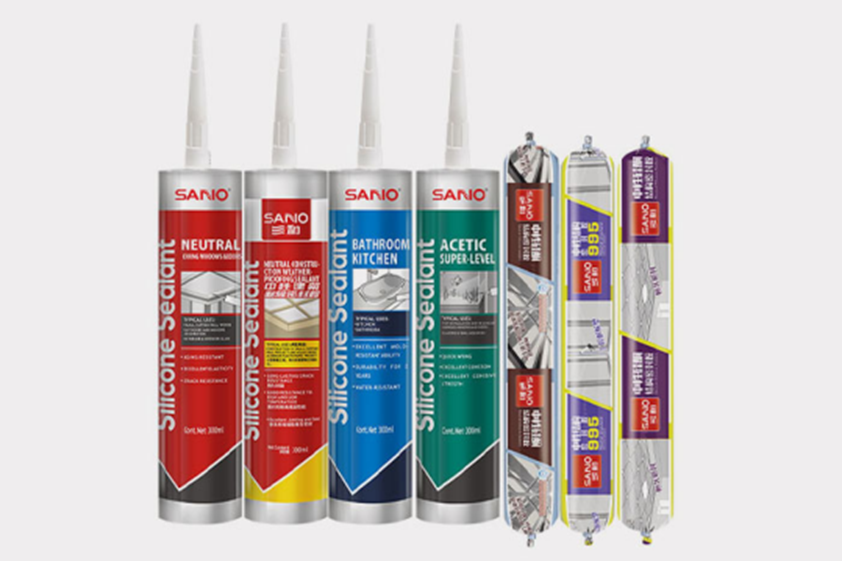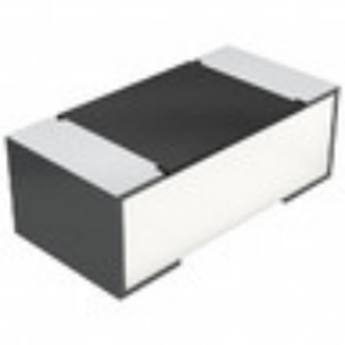Using Silicone Sealant: Best Practices for Application
When using silicone sealant, many people wonder, “Can I apply silicone to a wet surface?” While silicone is a highly versatile material, applying it to a wet surface can pose challenges. Sealants like those offered by SANVO are designed to work most effectively on clean, dry surfaces. When moisture is present, the sealant may not bond properly, leading to potential failures in sealing. This is why it’s important to carefully prepare the surface before applying silicone.

Why Dry Surfaces Are Key for Effective Bonding
For the best results, it is essential to apply silicone sealant to surfaces that are dry and free of contaminants. SANVO’s products are formulated to provide strong adhesion when the surface is clean and moisture-free. When silicone is applied to wet surfaces, the water can interfere with the curing process, reducing its ability to create a durable and long-lasting seal. To avoid issues such as leaks or poor adhesion, it is recommended to wait until the surface is completely dry before applying silicone.
Conclusion
In conclusion, while it may be tempting to apply silicone sealant immediately, it is always best to wait until the surface is dry for the strongest bond. When you use SANVO silicone sealants on dry surfaces, you would be ensure that the sealant performs optimally, offering a reliable and durable result. Proper surface preparation is key to achieving a long-lasting seal, preventing leaks, and ensuring the effectiveness of your sealing projects for years to come.

